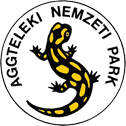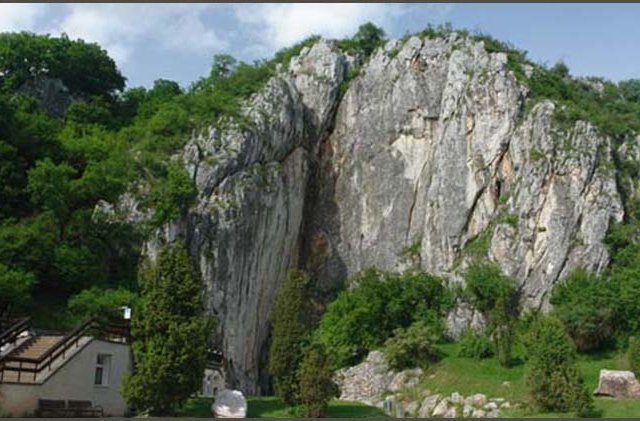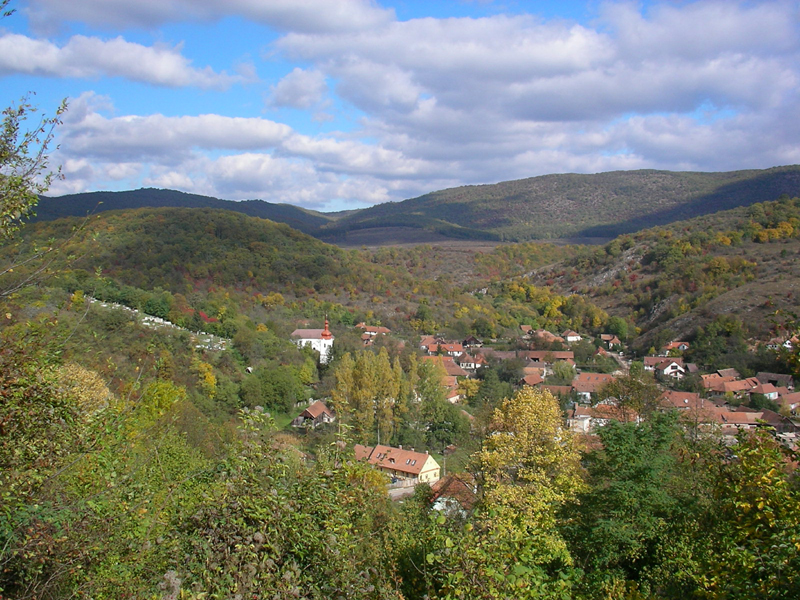
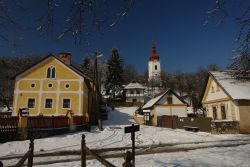
The ancient and picturesque village of Jósvafő is of historic importance, but also has a fairy tale ambiance. Fine examples of architectural, cultural and environmental treasures are in abundance. The village is located in proximity to the beautiful Törőfej Valley. The Baradla Cave exit, Aggtelek National Park Directorate building, and the **Tengerszem Hotel are located just uphill from the old town. The impressive Tengerszem (glacial tarn), resting between the two areas, should be seen at least once during each of the seasons.
The Tengerszem Hotel, one of the most popular hotels in the area, has nearly 300 guest beds, and is ideal for hosting a variety of conferences, meetings and gatherings. Its location is a perfect base for exploring Aggtelek’s show caves, cycle tours, hiking, horse trekking, a romantic getaway or wedding, refreshing walks along the several nature trails, or just relaxing amid stunning natural surroundings.
Sites
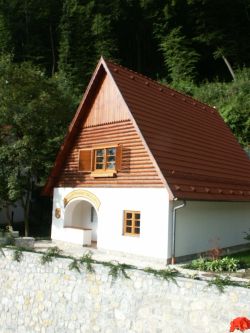 Hubert Kessler Memorial House - Tengerszem oldal 1.
Hubert Kessler Memorial House - Tengerszem oldal 1.
The Hubert Kessler Memorial House is located in Jósvafő beside the Baradla Cave entrance and the Tengerszem Hotel. Dr. Hubert Kessler (1907 – 1994) was the most famous Hungarian karst and cave researcher, and perhaps the most successful. The ground floor houses a collection documenting the history of the house itself, the discovery and exploration of the Törőfej Valley, a gallery of pictures following the development of the Baradla Cave, and an exhibition of photos about both the surface wildlife and subterranean wonders, as well as archaeological finds. The collection a floor above displays personal items, statues, awards, letters, articles, books, paintings, plans, pictures and other personal items.
 Hubert Kessler Memorial House - Tengerszem oldal 1.
Hubert Kessler Memorial House - Tengerszem oldal 1.The Hubert Kessler Memorial House is located in Jósvafő beside the Baradla Cave entrance and the Tengerszem Hotel. Dr. Hubert Kessler (1907 – 1994) was the most famous Hungarian karst and cave researcher, and perhaps the most successful. The ground floor houses a collection documenting the history of the house itself, the discovery and exploration of the Törőfej Valley, a gallery of pictures following the development of the Baradla Cave, and an exhibition of photos about both the surface wildlife and subterranean wonders, as well as archaeological finds. The collection a floor above displays personal items, statues, awards, letters, articles, books, paintings, plans, pictures and other personal items.
Tengerszem-tó (Glacial Tarn)
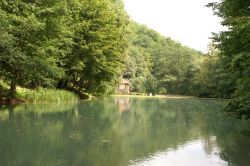
The locals have long been utilising the power of the Jósva and other streams in the area, contributing significantly to the more rapid development of the town and local industry. This energy was first harnessed and exploited by the Klein family through a mill in 1840. The upper mill began supplying rural electricity in 1917. The actual turquoise lake at the head of the Törőfej Valley, the Baradla Chalet and the new turbine were established in the 1930’s.
Old Historic Village
The Main Village Square
Highlights: the “Kisház” or Tiny House (the village’s oldest house), the priests’ footbridge and former rectory building, the bell tower, and the local museum.
Jósvafő Local Museum – Dózsa Gy. u. 3.
The building complex, entered through the so-called Szakál, or “Beard” Courtyard, was built in 1890. The residential building is typical of the region: a single line of rooms, gables, gable house, and wooden columns delineating an arcade porch.
Highlights: the “Kisház” or Tiny House (the village’s oldest house), the priests’ footbridge and former rectory building, the bell tower, and the local museum.
Jósvafő Local Museum – Dózsa Gy. u. 3.
The building complex, entered through the so-called Szakál, or “Beard” Courtyard, was built in 1890. The residential building is typical of the region: a single line of rooms, gables, gable house, and wooden columns delineating an arcade porch.
bell t
The outbuildings are also characteristic of the local architecture. Beside the courtyard is the entrance to a cellar. In addition, there are various barns, a summer kitchen, stable, and carriage house and hay loft. The entire complex is now devoted to a local museum educating about the rich local cultural history and largely abandoned agricultural way of life. Tel: 30/331-1722
Calvinist Church
The western section of the church, dating from the original 1399 stone Calvinist Church, was built during the reign of Hungarian King Zsigmond (1368-1437) and is surrounded by an accompanying fortress wall. However, a medieval addition was made in 1793-1794, expanding the church to its present form.The interior of the church is set off with a painted coffered ceiling, choir and pulpit considered to be among the best work of rural painters and carpenters. The church is a major monument of Hungarian folk decorative art. The church and wall were recently renovated. Besides church services, because of the excellent acoustics, the building also hosts and number of cultural programmes, such as a choir festival.
The outbuildings are also characteristic of the local architecture. Beside the courtyard is the entrance to a cellar. In addition, there are various barns, a summer kitchen, stable, and carriage house and hay loft. The entire complex is now devoted to a local museum educating about the rich local cultural history and largely abandoned agricultural way of life. Tel: 30/331-1722
Calvinist Church
The western section of the church, dating from the original 1399 stone Calvinist Church, was built during the reign of Hungarian King Zsigmond (1368-1437) and is surrounded by an accompanying fortress wall. However, a medieval addition was made in 1793-1794, expanding the church to its present form.The interior of the church is set off with a painted coffered ceiling, choir and pulpit considered to be among the best work of rural painters and carpenters. The church is a major monument of Hungarian folk decorative art. The church and wall were recently renovated. Besides church services, because of the excellent acoustics, the building also hosts and number of cultural programmes, such as a choir festival.
Bell Tower and Cemetery with Carved Wooden Grave Markers
The helmeted Baroque-style bell tower was constructed in 1851. The bell tower was absorbed into the Parish of Jósvafő in 1882. Renovated and lit up outside, it rises above a regionally characteristic cemetery with carved wooden grave markers.
The helmeted Baroque-style bell tower was constructed in 1851. The bell tower was absorbed into the Parish of Jósvafő in 1882. Renovated and lit up outside, it rises above a regionally characteristic cemetery with carved wooden grave markers.
Calvinist Cemetery
Once, skilful carpenters and cartwrights carved these grave markers with local motifs. Today, due to a change in burial customs, their number has decreased significantly.
Once, skilful carpenters and cartwrights carved these grave markers with local motifs. Today, due to a change in burial customs, their number has decreased significantly.
Jewish Cemetery
At one time, more than 30 Jewish people resided in Jósvafő until one day in 1944. Of the Jewish residents forcibly removed, not a single survivor returned after the war. The cemetery did not have a caretaker or anyone to put it back in order until the Raoul Wallenberg Foundation kindly came forward in 1994 and restored it.
At one time, more than 30 Jewish people resided in Jósvafő until one day in 1944. Of the Jewish residents forcibly removed, not a single survivor returned after the war. The cemetery did not have a caretaker or anyone to put it back in order until the Raoul Wallenberg Foundation kindly came forward in 1994 and restored it.
Manor House Environmental Education and Hucul Horse Riding Centre, - Táncsics M. u. 1.
The Aggtelek National Park Directorate opened its environmental education centre in 2005. Housed in the former home of a minor aristocrat in the middle of Jósvafő, the centre’s primary purpose is conducting stimulating educational activities aimed at pre-school, primary and secondary school children. The main theme of these activities is to educate the public about environmentally-conscious behaviour, horse breeding, the wonders of Aggtelek National Park, conservation, karst topography in general and rural cultural values. Tel.: 48/350-056
www.kuriaoktatokozpont.hu
The rest of the complex is taken up by Hungary’s only free-range hucul horse stud farm and riding centre. Genetically, huculs are the breed closest to those horses used by the tribes (Avars, Székelys, etc.) which inhabited the Carpathian Basin before the Hungarian Conquest in the 9th century. Take advantage of horse trekking /en/aktualis-arak-2013 , horse and carriage /en/lovaskocsizas , and horse-drawn sleigh tour opportunities here. Or, follow the Tohonya-Kuriszlán Nature Trail (or National Blue Hiking Route section between Jósvafő and Szelcepuszta) to view the herd in the Gergés Pasture.
The Centre is open year-round, every day between 8.00-15.00
Tel: +36-48/350-052
E-mail: huculmenes@gmail.com
E-mail: huculmenes@gmail.com
Baradla Gallery - Szabadság u. 3.
The renovated traditional folk-style house is divided into three rooms, each exhibiting private collections of a range of Aggtelek karst and cave inspired works of art largely made from local materials and created during art camps.
Please book in advance in person or by phone to see the gallery.
Mr. István Tarczali
Jósvafő, Petőfi Sándor u. 56.
Tel.: +36-48/350-064
Jósvafő, Petőfi Sándor u. 56.
Tel.: +36-48/350-064
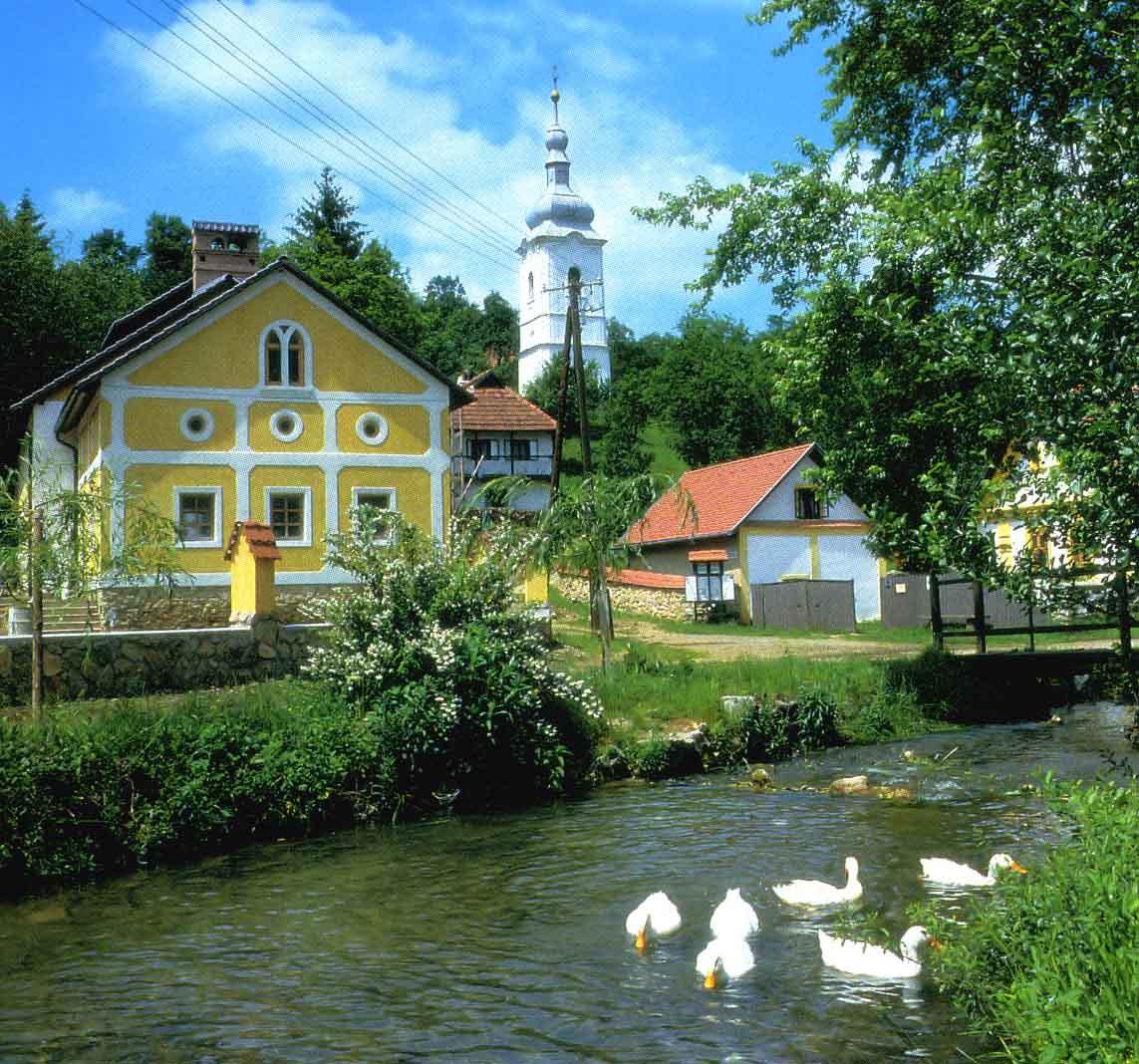
Programmes All Year-Round:
Independent Tours: Baradla Nature Trail, Tohonya-Kuriszlán Nature Trail, Fürkész Nature Trail, Tengerszem Lake, hucul horse stud farm and Manor House, Hucul Herd in the Gergés Pasture, Geologic Show Room (Dankó P. u.)...
Guided Tours:
Jósvafő Village Walking Tour
Jósvafő Village Walking Tour
Seasonal Programmes:
Easter Playground: Easter Saturday
Jósvafő Village Day: annual celebration on the last weekend of July
Jósvafő Grape Harvest Festival: annually during the first weekend of October
